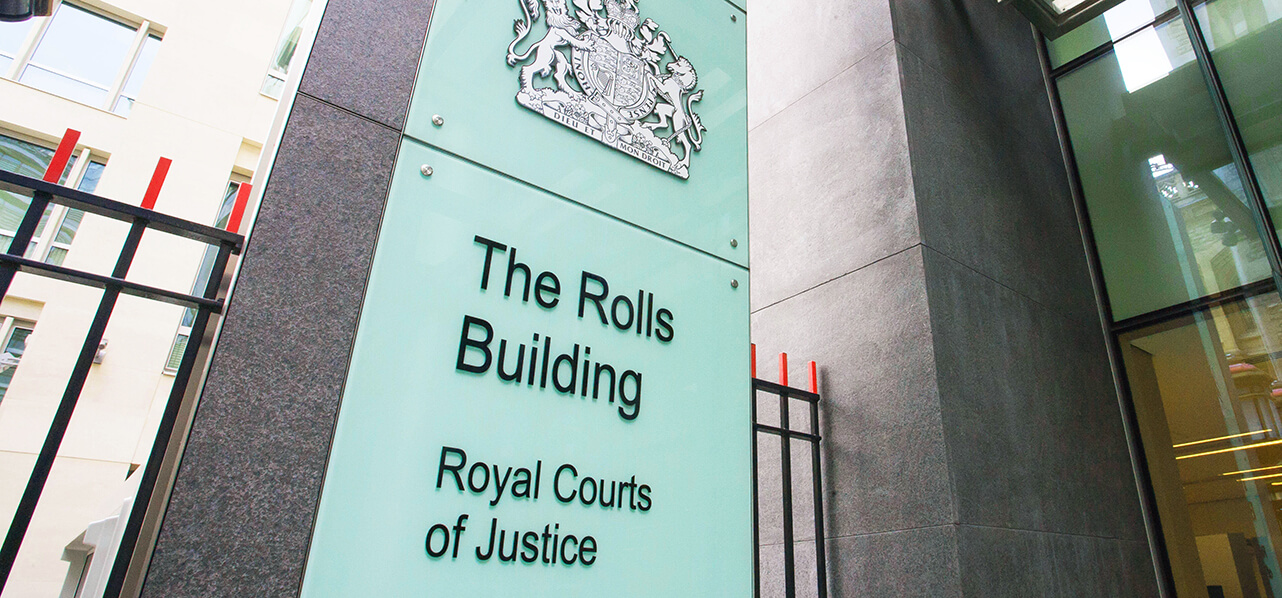Executive Summary
The UK’s First-tier Tribunal (Property Chamber) has made a significant decision regarding remediation contribution orders (“RCOs”) under the Building Safety Act 2022. The tribunal ordered multiple associated companies to jointly and severally contribute over £13.2m towards the remediation of serious fire safety defects at Vista Tower, Stevenage. This landmark decision demonstrates the tribunal’s approach to determining what is “just and equitable” when making RCOs against associated companies and provides important guidance on the scope of the new legislation.




